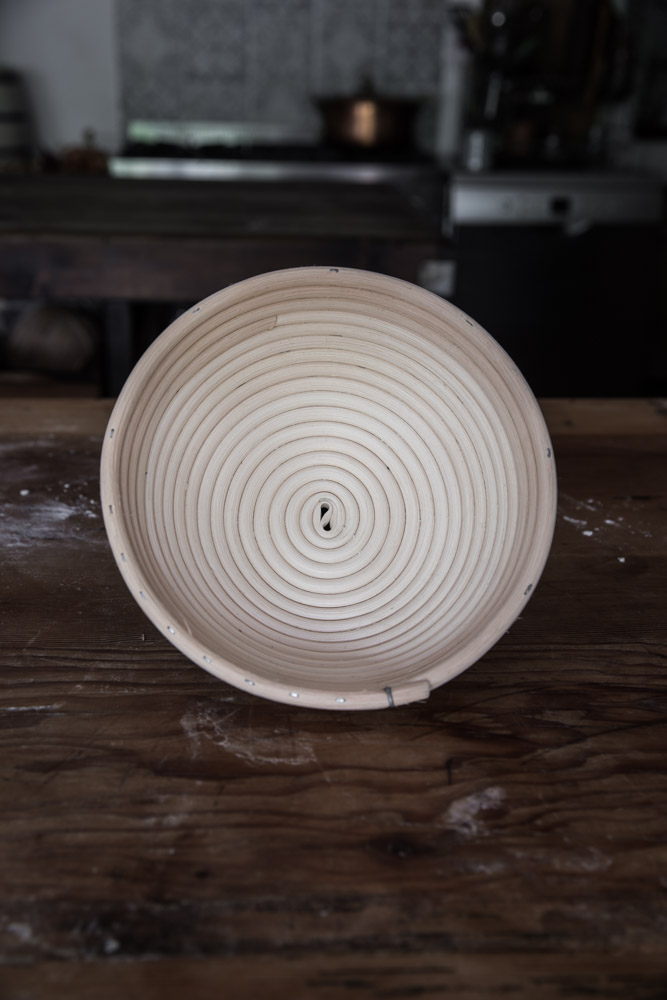The Dumas method, also known as the combustion method or the nitrogen analysis by combustion, is an alternative to the Kjeldahl method for the determination of total nitrogen content in organic and inorganic samples. The Dumas method was first introduced by Jean-Baptiste Dumas in the 19th century, and has since been refined and automated. The method involves the following steps:
- Combustion: The sample is placed in a combustion chamber and combusted at high temperatures (typically 900-1,000°C) in the presence of an oxidizing agent, such as oxygen or copper oxide. The combustion process breaks down the organic material and converts nitrogen-containing compounds into various nitrogen oxides (NOx) and other gases.
- Reduction and Scrubbing: The combustion gases, including the nitrogen oxides, are passed through a reduction furnace containing a reducing agent, such as copper or a metal catalyst, which reduces the nitrogen oxides to nitrogen gas (N2). The gases are then passed through a series of scrubbers or filters to remove other combustion products, such as water, carbon dioxide, and sulfur dioxide, leaving only nitrogen gas.
- Detection and Quantification: The nitrogen gas is quantified using a gas analyzer, such as a thermal conductivity detector (TCD) or a chemiluminescence detector (CLD), which measures the concentration of nitrogen gas relative to a known reference gas. The total nitrogen content in the sample is then calculated based on the detector’s response.
Similar to the Kjeldahl method, the protein content is calculated using a nitrogen-to-protein conversion factor. The Dumas method is faster and does not require hazardous chemicals like the Kjeldahl method; however, it may be less accurate for samples with low nitrogen content or complex matrices



